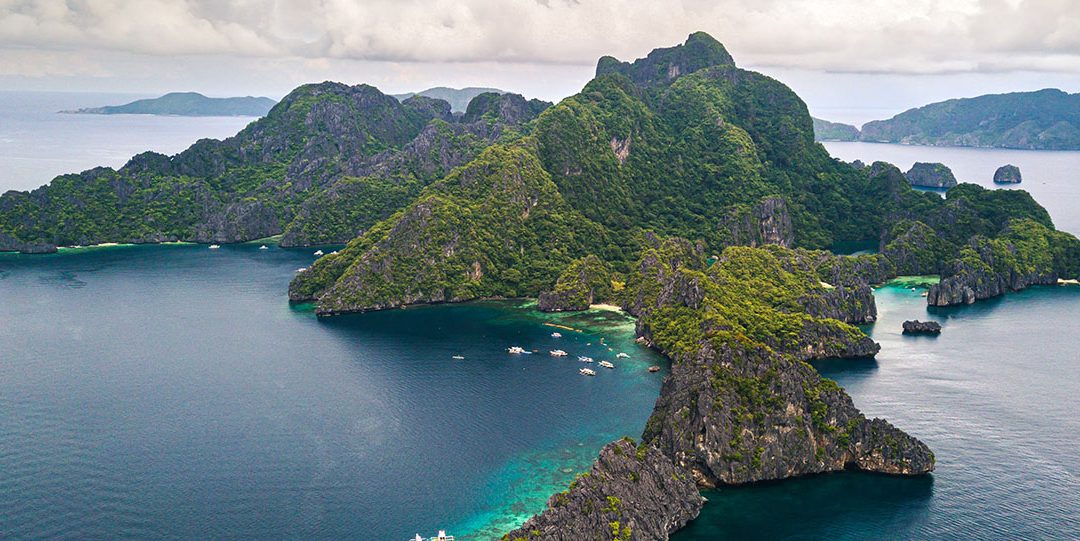The island of Palawan, a major tourist destination, has come to be known as “The Best Island in the World.” However, long before it became such a go-to destination for tourists around the world, the island played a major role over the past thousands of years, most especially amidst the days of colonisation from one coloniser to the next.
Going back to the ancient times, is it believed that the Tagbanuas and the Palaw’ans people are direct descendants of the earliest settlers of Palawan.
During a period called the “Three Kingdoms,” a new group of migrants came to the island, and were called “Little dark people;” some of which had ended up settling in Thailand, while others settled in Indonesia, Borneo, and Sumatra.
Majority of Filipinos recognise these “little dark people” as Negritos and Aetas.
Moving forward to the classical period during the 12th century, arriving in Palawan were the Malay immigrants, whose settlements were handled by their chieftain. The said Malay immigrants focused on growing agricultural products such as coconuts, rice, and sugarcanes, and raised animals such as chickens, pigs, and goats. Under economic activities that they engaged in were farming, hunting, and fishing, using bowguns and traps made of bamboo. Indonesians later on followed and brought upon them Buddhism and Hinduism.
The distinct breed of peoples in Palawan, characterised by both physical stature and feature, had started during the same period. Intermarriage became a trend amongst the natives and foreign traders such as the Japanese, the Chinese, the Arabs, and the Hindus.
Now onto the Spanish period, immediately after the death of Magellan and the arrival of his remaining members in Palawan, the island was named as “The Land of the Promise,” by Antonio Pigafetta, Magellan’s chronicler.
First to come under Spanish authority, the northern Calamians Islands were later declared as a separate province from mainland Palawan. Immediately following this, right before the 18th century, churches began development in Spain. These churches were built to be enclosed by garrisons to ensure protection against Moro raids. The Sultunate of Brunei later surrendered southern Palawan to Spain in 1749.
The entire island of Palawan was organised as a single province and named iit Calamianes with Taytay as its capital in 1818. Back then, Palawan was called Paragua. 1858 came, and the province was divided into two provinces named Castilla, which covered all the municipalities in the northern part with Taytay as its capital, while in the southern mainland of Puerto Princesa, their capital was Asturias.
In 1902, the Americans established a civil rule on the northern part of Palawan, immediately after the Philippine-American war. In 1903, the province was reorganised and renamed its southern portions to Palawan; Puerto Princesa was then declared as its capital. The Americans planned to bring the people closer to the government, along with their plans of building schools, and the promotion of agriculture.
When it comes to the Japanese invasion, however, on December 14, 1944, units of the Japanese Fourteenth Area Army herded the remaining 150 prisoners of war in Puerto Princesa into three covered trenches which were then set on fire using barrels of gasoline––this was to prevent the rescue of prisoners of war. The prisoners who tried to escape the flames were killed by gunshots while the others attempted to escape by climbing over a cliff––they were later on hunted down by the Japanese soldiers, and were killed.
Of all the soldiers that attempted to escape, only 11 were successful, and 133 to 141 had been killed. Today, the site is known as the Plaza Cuartel; this is found right next to the Cathedral, both in Puerto Princesa.
The island of Palawan was liberated from the Japanese Imperial Forces by a task force consisting of Filipino and American military personnel between the 28th of February and the 22nd of April in 1945.
Now being the most popular tourist island destination in the world, it’s very difficult to imagine the dark history that the island holds. Its history is tough proof that the island is so much more than just its white sandy beaches and long sandbars. The island is also all about culture, heritage, and history.
This is something everyone must know about.
Source: https://www.travel-palawan.com/cultural-heritage/history/

